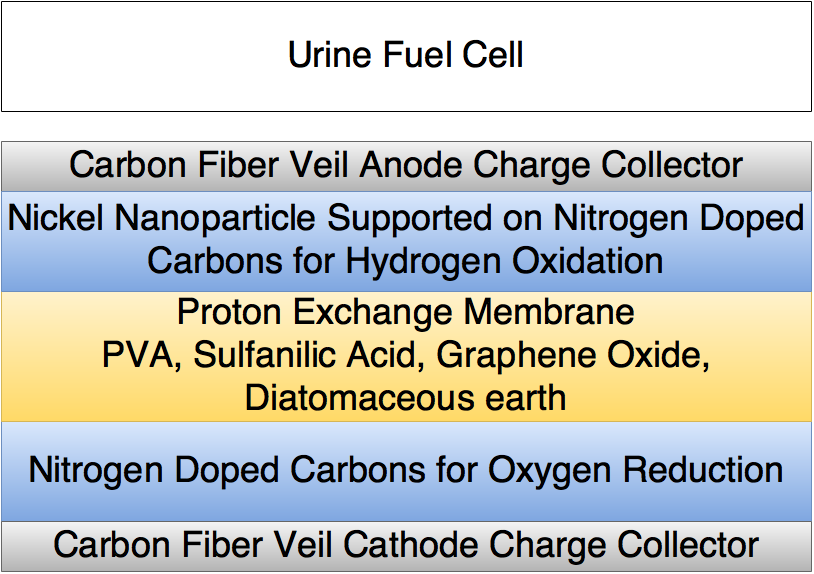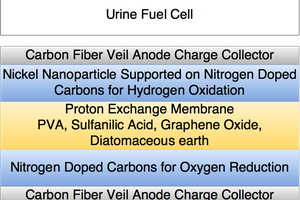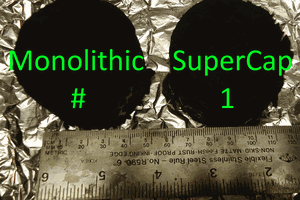The challenge is to build a fuel cell from absolute scratch that contains zero platinum in my garage... haha I know right! If I get a 1000 dollars for this project I will definitely be spending it on a bottle of hydrogen and a regulator.
Atmospheric plasma functionalization of carbon yields nitrogen doped structures, these compounds catalyze both electrolysis reactions and oxygen oxidation in hydrogen fuel cells. Pristine nitrogen doped graphene is also fairly hydrophobic which should keep water from saturating the cathode side of the fuel cell.
For hydrogen oxidation at the anode I will be making nickel nanoparticles from the reduction of nickel acetate with l-ascorbic acid. When combined with nitrogen doped carbons they make excellent hydrogen oxidation catalysts.
Dimethylsulfoxide, poly vinyl alcohol, diatomaceous earth, graphene oxide membranes are excellent proton transporters. Alternatively fairly costly sulfanilic acid can be used to treat PVA for an excellent low temperature proton exchange membrane.
The biggest issue is making a thin membrane that can be handled and assembled in a stack, as far as the gas flow patterns I will probably be trying to print them in PLA, then mold them and use high temperature epoxy for the positive.
I printed everything in PLA before and it just deformed when I tried to heat the cell to temp, not to mention the HCL/aluminum hydrogen generation was dumb as it created HCL fumes that destroyed any catalyst on the anode side.
This time I will be generating hydrogen and oxygen using electrolysis with the same nitrogen doped carbons, this will give me cleaner fuels and be a precursor to the space planes fuel generation mechanism.
The stack will have much less dead space and will be pressurized to 30psi, how I will pressurize the hydrogen I do not know yet, but I must exercise extreme caution obviously.
An air compressor will be used to pressurize the oxygen containing atmosphere, and that side of the system will be open to vent evolved water.
It's a fairly complicated task, but I believe I have failed enough I can finally accomplish the goal.

This documentation describes Open Hardware and is licensed under the
CERN OHL v. 1.2.
You may redistribute and modify this documentation under the terms of the
CERN OHL v.1.2. (http://ohwr.org/cernohl). This documentation is distributed
WITHOUT ANY EXPRESS OR IMPLIED WARRANTY, INCLUDING OF
MERCHANTABILITY, SATISFACTORY QUALITY AND FITNESS FOR A
PARTICULAR PURPOSE. Please see the CERN OHL v.1.2 for applicable
conditions
 MECHANICUS
MECHANICUS



 Chali Baicunn
Chali Baicunn
I do not know if you can get 30psi but one option may be using a hydrostatic column into your electroylyzer's electrolyte feed?